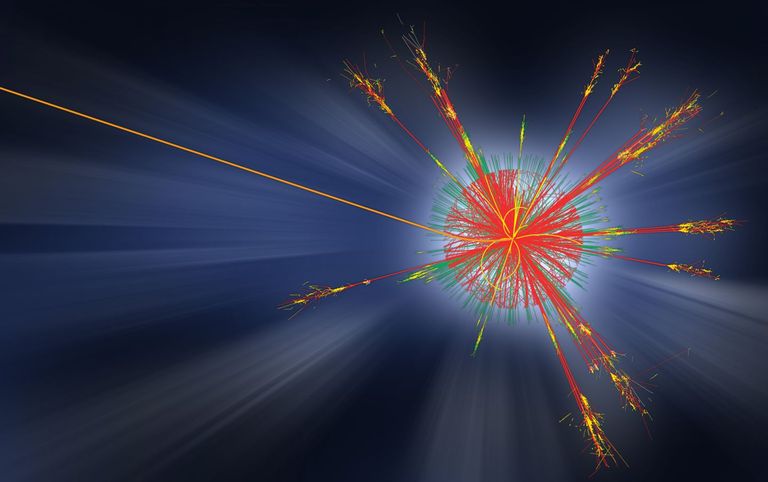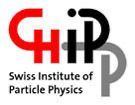Événements, Annonces, Publications
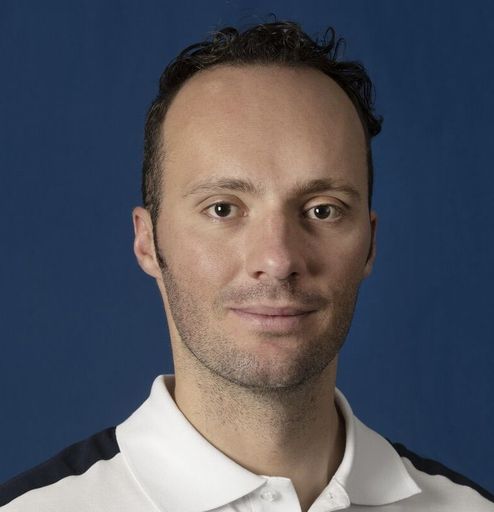
Le Bernois Marco Sieber devient officiellement astronaute à l’ESA
La Suisse a de nouveau un astronaute à part entière. Marco Siebers a été admis dans le corps des astronautes de l'Agence spatiale européenne (ESA) à l'issue de sa formation initiale d'astronaute.
Image : ESA - P. Sebirot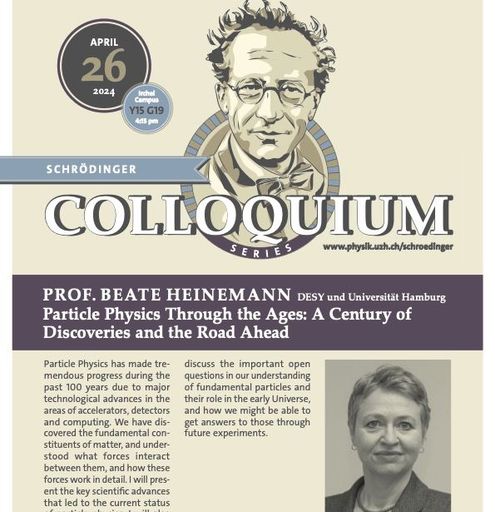
Talk of Prof. Beate Heinemann: "Particle Physics Through the Ages: A Century of Discoveries and the Road Ahead"
Prof. Beate Heinemann holds a lecture for a broad audience on the progress of particle physics as part of the award of the honorary doctorate
Image : Universität Zürich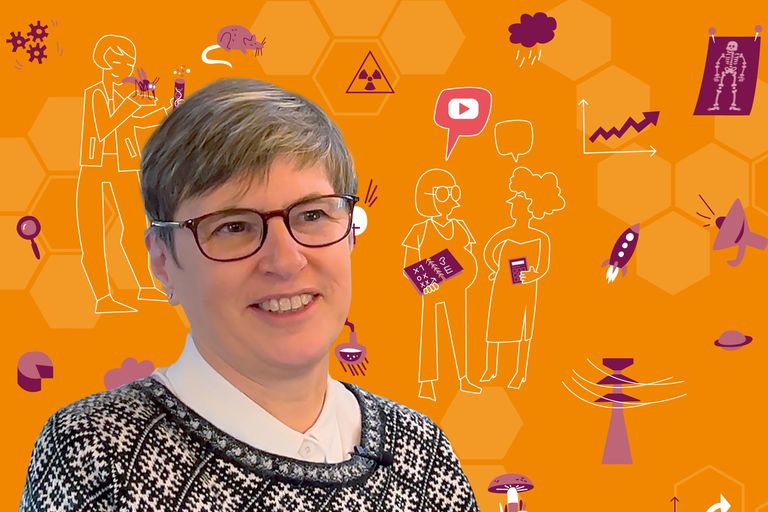
Une physicienne façonne le monde des brevets
Pour travailler comme conseil en brevets, il faut un diplôme technique. En effet, cette profession requiert principalement des compétences en sciences naturelles, comme le montre l'exemple de Martina Nieswand : elle a étudié la physique théorique avant de rejoindre un grand cabinet de conseils en brevets de Suisse orientale.
Image : Benedikt Vogel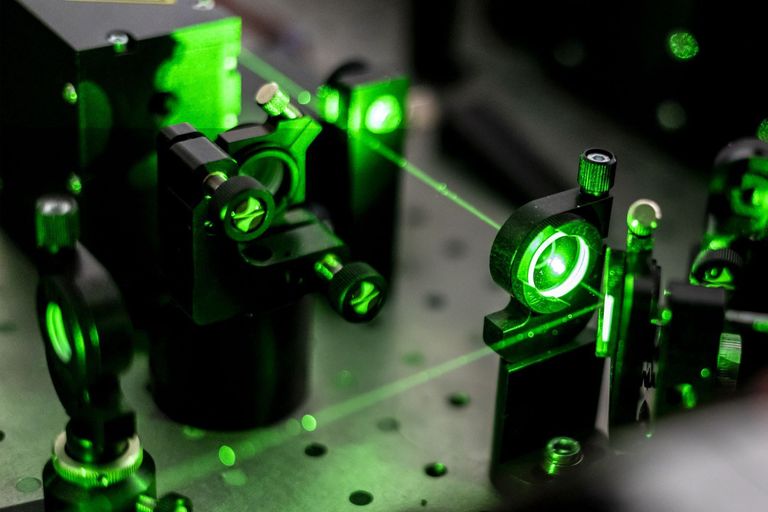
Young Physicists Forum 2024
The 2024 edition of the Young physicists Forum will focus on "Ultra Fast Laser Physics"
Image : YPF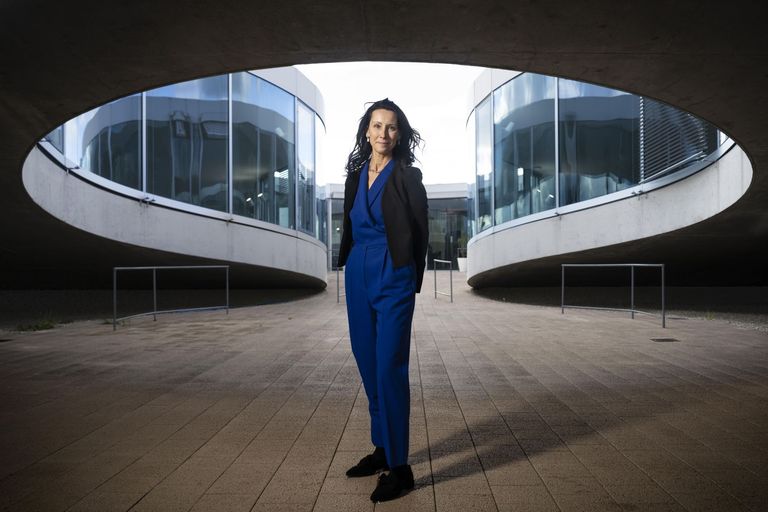
Anna Fontcuberta devient présidente de l'EPFL
Le 27 mars, le Conseil fédéral suisse a nommé Anna Fontcuberta i Morral à la présidence de l'EPFL. Fontcuberta est également membre de la Swiss Quantum Commission, qui fait partie de la Plateforme MAP de la SCNAT.
Image : 2024 EPFL / Nicolas Righetti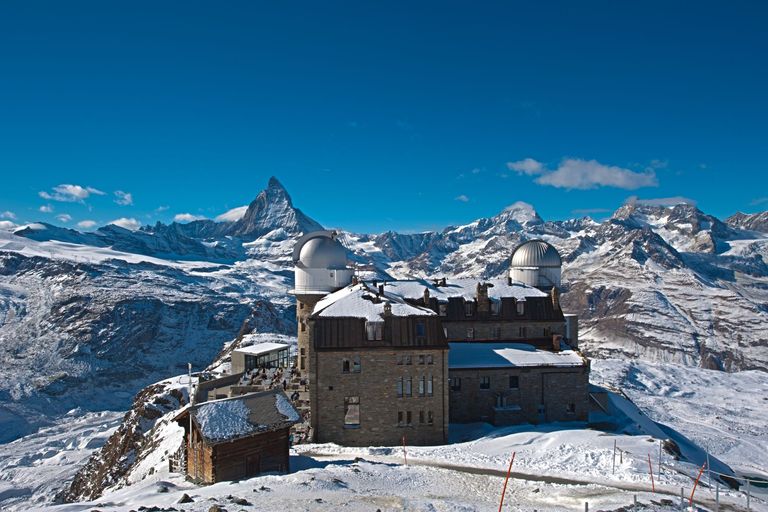
Forschung auf dem Gornergrat
Markus Leuenberger, Hochalpine Forschungsstation, Uni Bern
Image : Christoph Koch

